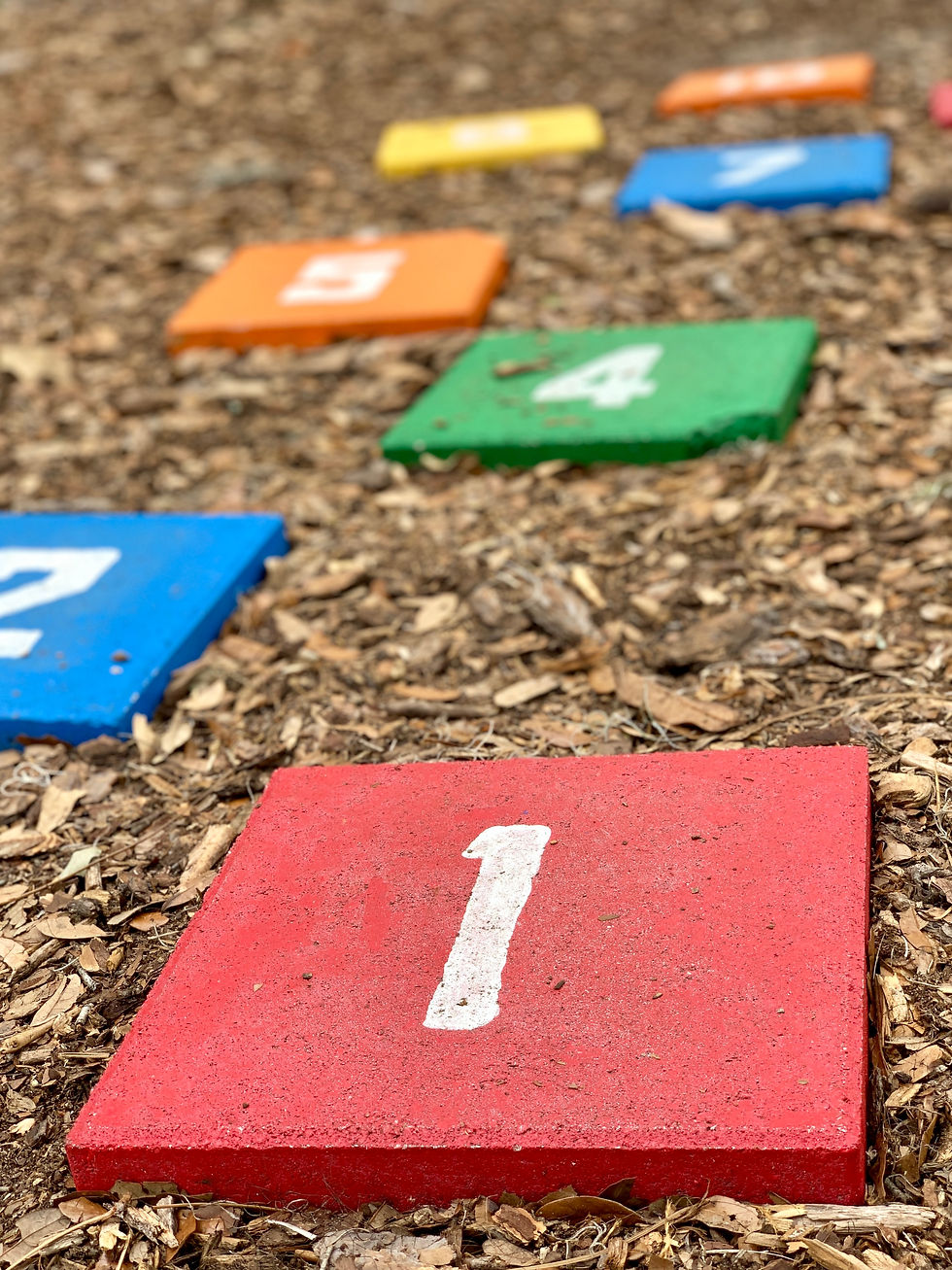Mathematics and Numeracy in Early Childhood Education
- Jasmeen Kaur
- Apr 22
- 4 min read

Early childhood education depends heavily upon mathematics and numeracy skills since these provide the necessary bases for cognitive development together with creativity in youngsters. Participating in mathematical activities helps students develop essential skills such as critical thinking together with problem-solving capabilities and logical reasoning abilities that boost creativity. Counting along with sorting and measuring functions beyond education, as these skills empower children to carefully look at their surroundings and then link their findings to creative thinking (McDonald, 2019). When creative methods are incorporated within numeracy education, teachers establish learning spaces that enhance both curiosity and imaginative thinking necessary for complete student development (Littledyke, 2014).
Theories and Perspectives on Creativity in Technology Education
Multiple creativity theories match the educational context of mathematics and numeracy learning at the early childhood stage. Divergent thinking theory together with other supporting evidence proves that children explore many problem solutions after feeling supported in their learning environment (Stonehouse, 2012). Social constructivism, according to Vygotsky, demonstrates that educational contacts between students and teachers, together with peer exchanges, lead to advanced understanding and creativity (Howard & Mayesky, 2022). Early childhood education programmes that support children to solve problems collaboratively within mathematical tasks help them develop both mathematical competencies and creative thinking skills (Fleer & Raban, n.d.). Child development requires a union of creativity with numeracy because children need these elements to express ideas through mathematical concepts.
Resources and Technologies for Engaging Children in Technology
Educators who work with young children should implement numerous resources and physical materials together with digital learning tools to activate mathematical engagement. Blocks together with counters and shape sorters represent essential manipulatives which give children access to bodily understand mathematical ideas. The learning experience can be enhanced by digital technologies which include educational apps coupled with interactive whiteboards, as indicated by McDonald (2019). Educational resources support both the accessibility of mathematics education while students can use them to pursue creative activities for understanding numbers, patterns and shapes. Educational materials from various sources help both develop student imagination and maintain the foundation of essential numeracy knowledge (Howard & Mayesky, 2022).
Learning Experiences for Different Age Groups
0-2 years – The best learning environment for infants incorporates sensory activities with large flexible blocks which offer different sizes and forms. Through block exploration children learn to detect diverse shapes and sizes, which develops basic mathematical minds and sensory understanding (Littledyke, 2014). The educational support looks at active shape discussions coupled with joint block counting between educators and students.
2-3 years – Children learn creatively through the counting garden project because educators provide small pots together with soil and seeds. The children can actively develop their numeracy skills when they combine seed planting with numerical counting during their gardening activities (Fleer & Raban, n.d.). Students develop number skills through this experience, which also builds their relationship to nature.
3-5 years – Students will find a 'shop' role-play activity enjoyable because they must use pretend money to buy goods. The role-playing activity teaches children about basic arithmetic through buying and selling transactions, which aids their understanding of monetary values (Howard & Mayesky 2022). The immersive activity gives preschoolers the opportunity to use mathematics in a creative way that applies their acquired knowledge through hands-on learning.
6-8 years – The project demands construction of a mathematical city through collaborative use of multiple building materials. The task urges children to collaborate through building construction along with road development and park establishment while they practice spatial orientation and measurement understanding (McDonald, 2019). The building activity allows students to develop teamwork abilities while using their mathematics skills to create one unified design.
Original Creative Learning Opportunities
0-2 years (Sensory Shape Exploration) – The exploration of sensory shapes begins with an assortment of textured fabric geometrical figures that infants must touch and put in their mouths. Teachers should use verbal description while children interact with shapes, so the children detect geometry elements like forms, colours, and dimensions for a basic geometric understanding.
2-3 years (Counting Nature Walk) – Guide children along a natural environment during a counting expedition to collect both natural and artificial items. The numerical skills of children develop through counting their collected objects followed by sorting those objects into groups during environmental discovery time (Stonehouse, 2012).
3-5 years (Math Art Collage) - Children between 3 and 5 years old should create Math Art Collages that involve magazine-cut picture recognition to identify objects during their crafting process. Through this activity children merge their creative arts skills with their numeracy abilities as the work enhances their reading and math capacities (Littledyke, 2014).
Reflection and Evaluation
I use my natural creative tendencies to improve my instructional effectiveness for teaching creative thinking and innovation and creativity development in mathematics across early childhood education. I recognise play-based learning significance while seeking activities which generate children's fascination and interest. I use open-ended questions which stimulate diverse thinking to allow children free expression of their ideas and solutions (Fleer & Raban, n.d.). The combination of my passion for technology integration combined with arts implementation in mathematics supports a comprehensive view regarding numeracy as a creative pursuit. The combined teaching techniques improve both educational value and create an inclusive space in which students feel free to explore new ideas (Howard & Mayesky, 2022). My commitment to cultivative teaching methods will support vital math skills development through imaginative and innovative practices to fulfil early childhood education holistically.



Comments